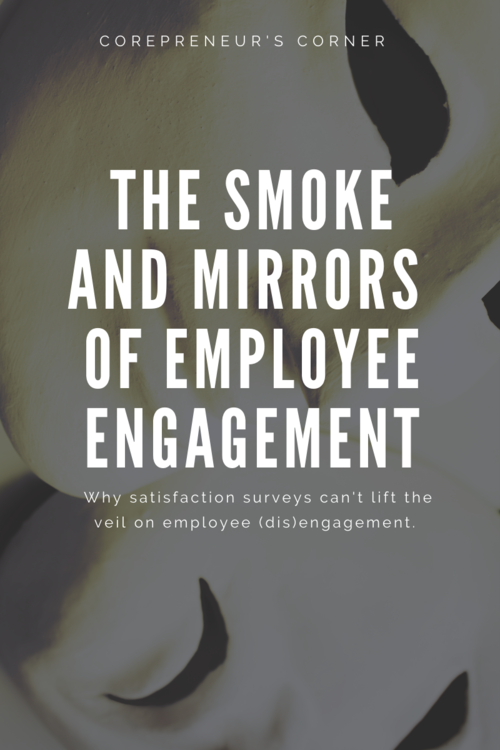Did you know that engaged employees are 44% more productive than the ones who aren’t?
What does employee engagement look like and how do you, as a leader, know whether your team members are engaged or not? New leaders often look at employee engagement as an elusive, immeasurable thing. Demystifying the smoke and mirrors of new relationships with your team – ciphering meaning out of small talk and exchanged pleasantries – rarely gives new leaders reliable intel on how engaged their team members are, if at all. 
However, if you’re meeting one-on-one with your team members regularly, engagement levels become easier to decipher. Engaged employees are motivated, focused, and driven. The truth lies in the integrity of the work produced for the greater good of seeing the team’s vision come to fruition. When engagement starts to slip away employees are disconnected from their work: they are less vigilant about quality and meeting deadlines, and less interested in progress being made by other members of the team.
One default move that companies tend to make when engagement starts to dip is to survey their employees via an electronic questionnaire. Sound familiar? I think we can all agree that ‘engagement’ goes way beyond publishing surveys once or twice a year. For one thing, boiling human emotion down to one of a predetermined set of answers provides a very limited understanding; and depending on how the questions are asked the data can be almost useless. Secondly, most employees feel that the anonymity promised through this process is *BS*; so many answers tend not to be an honest reflection of the way employees truly feel about their role in their team or organization. Lastly, these surveys are seen as a side-of-desk activity for many people. In environments where people are already stretched for time, the sections on the survey asking for employees to add more detail in writing, are filled with generic and vague sentences at best.
So, what are you left with at the end of a fully executed engagement survey? You’re left with data that does not accurately reflect the emotional response that employees have with their roles and their companies. This leads to implementing solutions that don’t meet the mark.
If you’re a new people leader and you feel your team’s engagement has dipped, where should you start? In the next few weeks, we will look at how purpose affects you and your team’s performance. Check back next week for part one of the series – “The of PMV (purpose, mission, and vision).”


